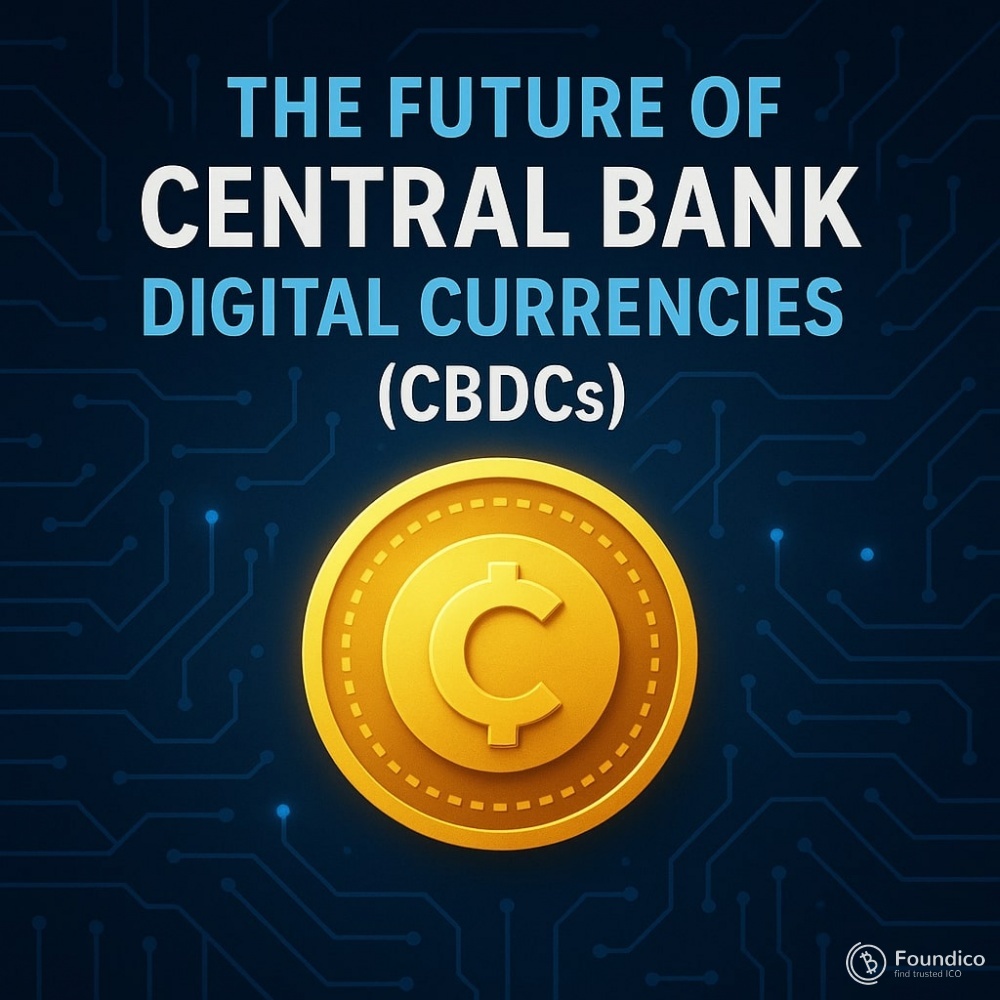The Future of Central Bank Digital Currencies (CBDCs)

By Dr. Pooyan Ghamari, Swiss Economist and Visionary
Central Bank Digital Currencies (CBDCs) are emerging as one of the most transformative developments in global finance. As governments and central banks explore digital alternatives to traditional fiat currencies, CBDCs are increasingly viewed as a strategic response to the rise of cryptocurrencies, fintech innovations, and the growing demand for faster, more secure, and transparent financial systems. The future of CBDCs promises to reshape monetary policy, cross-border transactions, and the very structure of the global financial order.
Why CBDCs Are Gaining Momentum
Central banks worldwide are recognizing the potential benefits of issuing digital currencies:
-
Enhanced Financial Inclusion: CBDCs can provide access to banking services for unbanked populations, especially in developing regions.
-
Faster Transactions: Real-time settlement reduces delays and costs associated with traditional banking systems.
-
Greater Transparency and Security: Built on blockchain or distributed ledger technology, CBDCs offer traceable, secure, and tamper-resistant transactions.
-
Reduced Reliance on Cash: As societies move toward digital payments, CBDCs present a state-backed alternative to private cryptocurrencies and stablecoins.
Global Adoption Trends
Several major economies are testing or launching CBDCs:
-
China’s Digital Yuan is already in advanced pilot phases, positioning itself as a global leader in CBDC implementation.
-
The European Central Bank is accelerating plans for a Digital Euro to ensure competitiveness and financial sovereignty.
-
The United States Federal Reserve is cautiously exploring a Digital Dollar, balancing innovation with concerns over privacy and stability.
-
Emerging Markets such as Nigeria and the Bahamas have introduced CBDCs to address financial inclusion challenges.
This global momentum suggests that CBDCs will soon become an integral part of the international financial system.
Opportunities and Challenges Ahead
Opportunities
-
Cross-Border Efficiency: CBDCs can simplify international payments, reducing reliance on intermediaries like SWIFT.
-
Policy Precision: Central banks could use CBDCs for real-time monetary interventions, ensuring better economic stability.
-
Reduced Fraud and Money Laundering: Advanced monitoring systems can limit illicit activities.
Challenges
-
Privacy Concerns: Governments must balance security with individual freedoms.
-
Technological Infrastructure: Countries need secure, scalable digital networks to support CBDC adoption.
-
Geopolitical Implications: CBDCs could shift the balance of economic power, with early adopters gaining influence in global trade.
The Road Ahead
The future of CBDCs lies at the intersection of technology, economics, and policy. If implemented thoughtfully, they can modernize financial systems, reduce inequality, and bring stability to digital economies. However, success will depend on addressing privacy concerns, creating interoperable systems, and ensuring trust among citizens and businesses.
Central Bank Digital Currencies represent not just a new form of money, but a new era of financial sovereignty and innovation. Their impact on global trade, monetary policy, and financial inclusion will be profound. As the world transitions toward digital economies, CBDCs will likely stand at the core of this transformation.
Author: Dr. Pooyan Ghamari, Swiss Economist and Visionary
